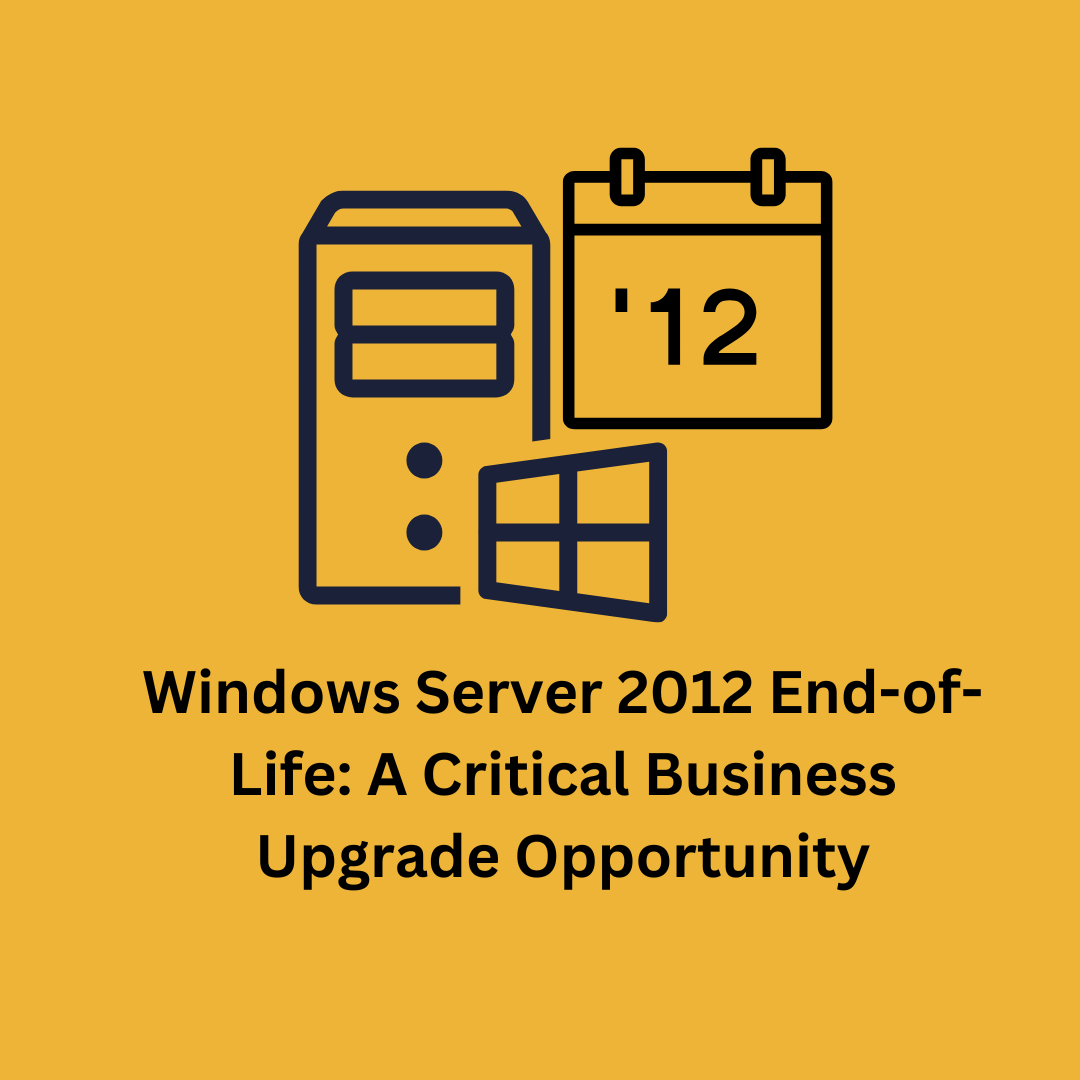Non-Technical Guide to Finding Network Bottlenecks
We have all been there: one minute everything at work is running simply fine, and the next minute you cannot get websites to load, or your file upload or download speeds slow to a crawl.
When this happens at home after work, it is an inconvenience — and most of the time rebooting your router, modem, or gateway solves the problem. But at work? Internet speed issues or network bottlenecks can seriously interfere with your employee’s productivity and the profitability of the company.
Today we will share 7 common causes for network bottlenecks — and we will do our best to use plain, nontechnical language as we go. But first, let us start by explaining what happens when network speeds plummet.
What Is a Network Bottleneck?
A network bottleneck is any situation where the flow of data gets constricted, limited, or slowed. It is a blanket term, covering all the assorted reasons why you are not getting what you need from your internet connection.
Think about your home internet for a minute. Sometimes when you have issues, you call or chat with your service provider, and they tell you that the problem is at its end, and they are working on it. That is a network bottleneck: something somewhere at your ISP is limiting data flow (imagine data as water running through pipes, and that water just hit a partial blockage).
Sometimes the problem is at your house: if you are on the budget plan but 3 TVs and 5 mobile devices are all trying to stream Netflix, you are going to use up your bandwidth (the incoming water pipe is at full blast, and you’re still not getting enough water). Or you might have a rogue device gobbling up most of your bandwidth for no good reason, giving you the same result.
All these concepts are network bottlenecks. But if you want to fix or avoid the symptom, you must know the cause first. So, with that in mind, let us look at 7 common network bottleneck scenarios in the work environment.
1. Firewall Size
A firewall blocks traffic coming in and out of your network, giving your IT department control over what is allowed to move in and out. They can get technical from there, but this definition will work for our purposes.
Firewalls come in different (metaphorical) sizes, which are measured in total number of users or total amount of throughput. Like our Netflix-at-home example, if you try to push more data through your firewall than it can manage, you will hit a network bottleneck.
If you have plenty of bandwidth (speed) from your internet service provider — it does not matter if your firewall cannot match that speed.
2. Problems with Network Switches
If your network building and your IT infrastructure are more than a few years old, you might need to check on several things. The network switches installed throughout might be older 10/100 switches, which max out at 100mbps. Your actual network connection might be way, way faster—but it gets bottlenecked at these switches.
As infrastructure ages, the ports on your switches (including the ethernet ports your computers plug into in the wall) can go bad, degrading performance.
3. Insufficient or Outdated Modem
The modem you are using (at home or in the office) could be another chokepoint: it does not matter how lightning-fast a connection you are paying for; you will not see anything move faster than that for which your modem is rated.
The good news is that this is an easy fix. It is not difficult to find out what bandwidth your modem can manage (or what bandwidth you are paying for). If the first is lower than the second, it is time to upgrade.
4. Bad or Insufficient Cabling
Along the same lines, your network cabling — the wires running inside wall conduits at your office or connecting your modem and router at home — is also rated for a specific max speed. Older buildings may be cabled with outdated Cat5 cabling (or slightly newer Cat5e). If your internet speeds are gigabit or higher, you want to investigate cat6 or even cat6a cabling.
These all look identical, so you may need technical assistance in identifying what you are currently using.
5. Low-speed VoIP Phone Pass-through Ports
Sorry if we are sounding like a broken record, but the network ports on your VoIP phones can also be the source of a network bottleneck.
If your office has switched to VoIP phones, you have a physical handset at your desk that sits between your network cable and your computer. The network connection “passes through” the VoIP phone.
Ordinarily, there are no issues. However, some of those ultra-cheap VoIP phones are quite a problem. You might need to investigate the speed that those pass-through ports are rated for: if it is lower than your connection speed, you have identified your network bottleneck.
6. LAN Overload
This one is not relevant at home or in a small office, but if you are at a larger office, be aware that it is possible to overload your local area network (LAN) with too many physical devices. Once you reach a certain number of IP devices, you will get better results by segmenting them out to separate LANs.
To use the water pipe analogy, not every house in a city can connect to a single massive trunk line. A street or a neighborhood might all be connected on a line that then connects to a main line. Segmenting groups of houses or businesses adds resiliency and balances the system.
In a large office, think of all those connected devices as houses, businesses, and neighborhoods.
7. Old Access Points
By far the network bottleneck is Wi-Fi. It is inherently not as fast, consistent, or stable as wired internet. Even worse, old Wi-Fi access points were not built to manage modern internet speeds, so they cap users far below their actual bandwidth.
Older devices can even slow down networks when they connect to Wi-Fi. A smart Wi-Fi system like Unifi helps to mitigate this problem.
We Are Here to Help
We hope this guide has helped you to isolate the cause of your network bottlenecks. Still, even once you have found the problem, many of these are more technical to fix than you might be comfortable trying on your own— especially if they need to be fixed at the scale of an entire office.
If you could use help identifying the problem or implementing the solution, we are experts that you can trust. Reach out to our team today to schedule a consultation, 877-686-6642!




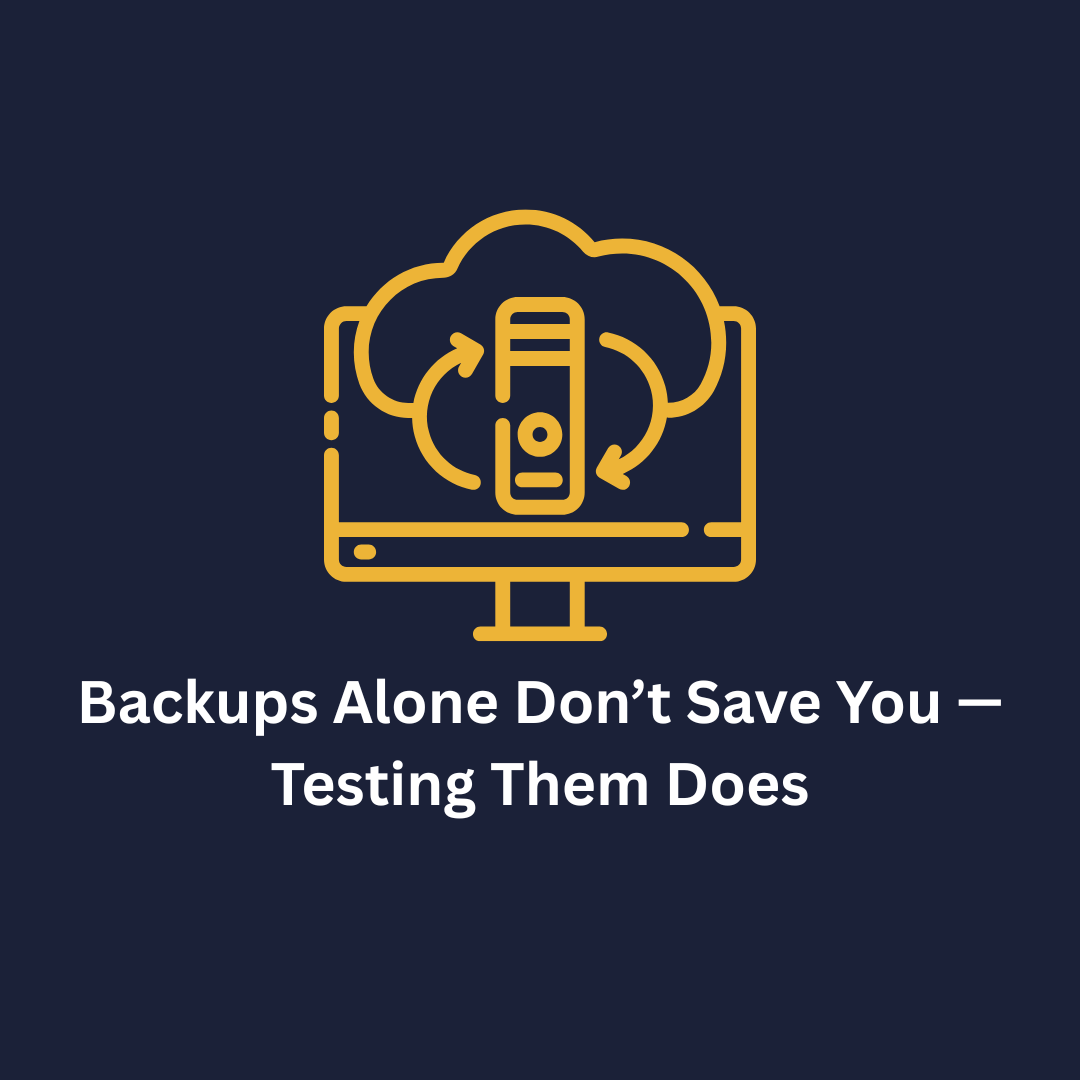





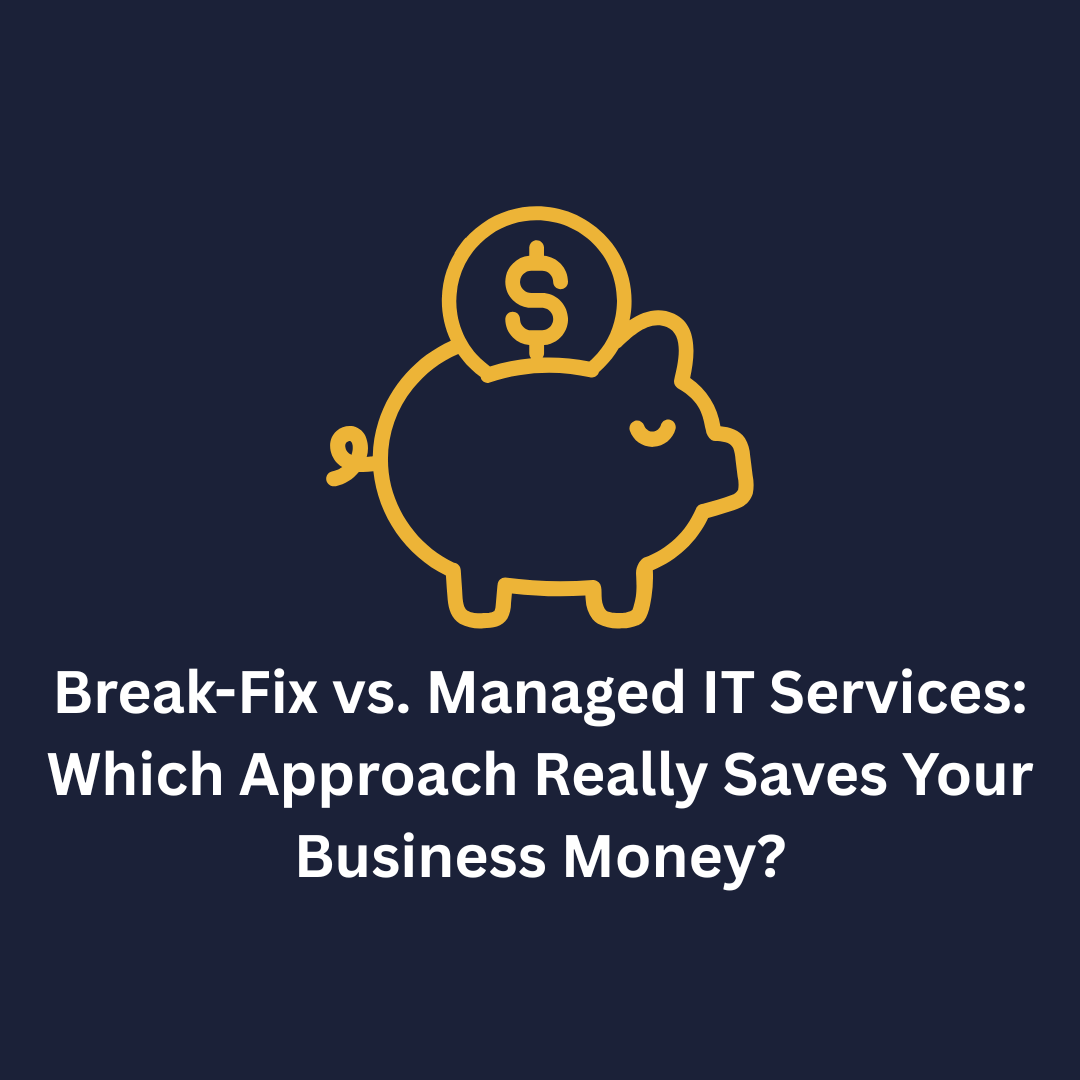



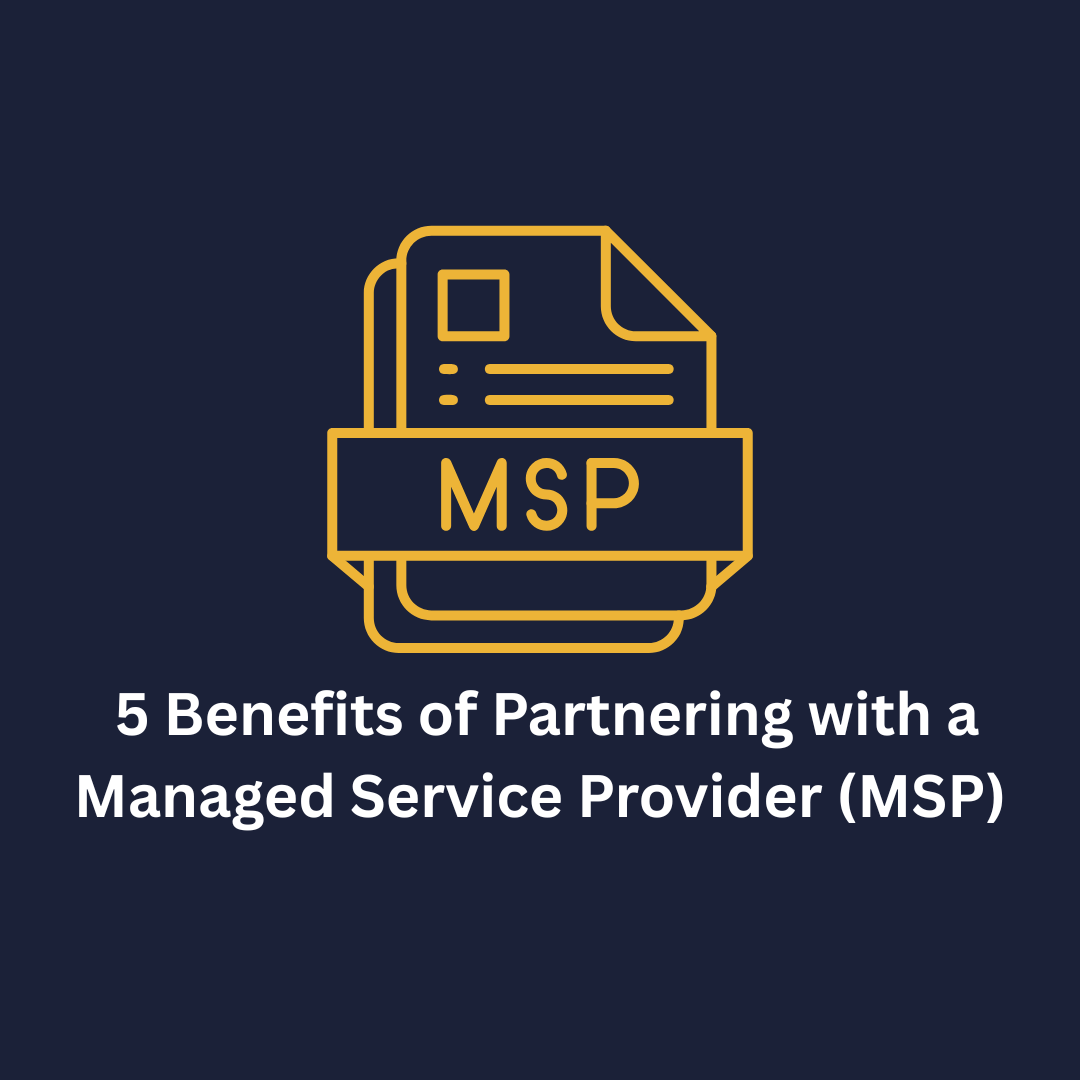





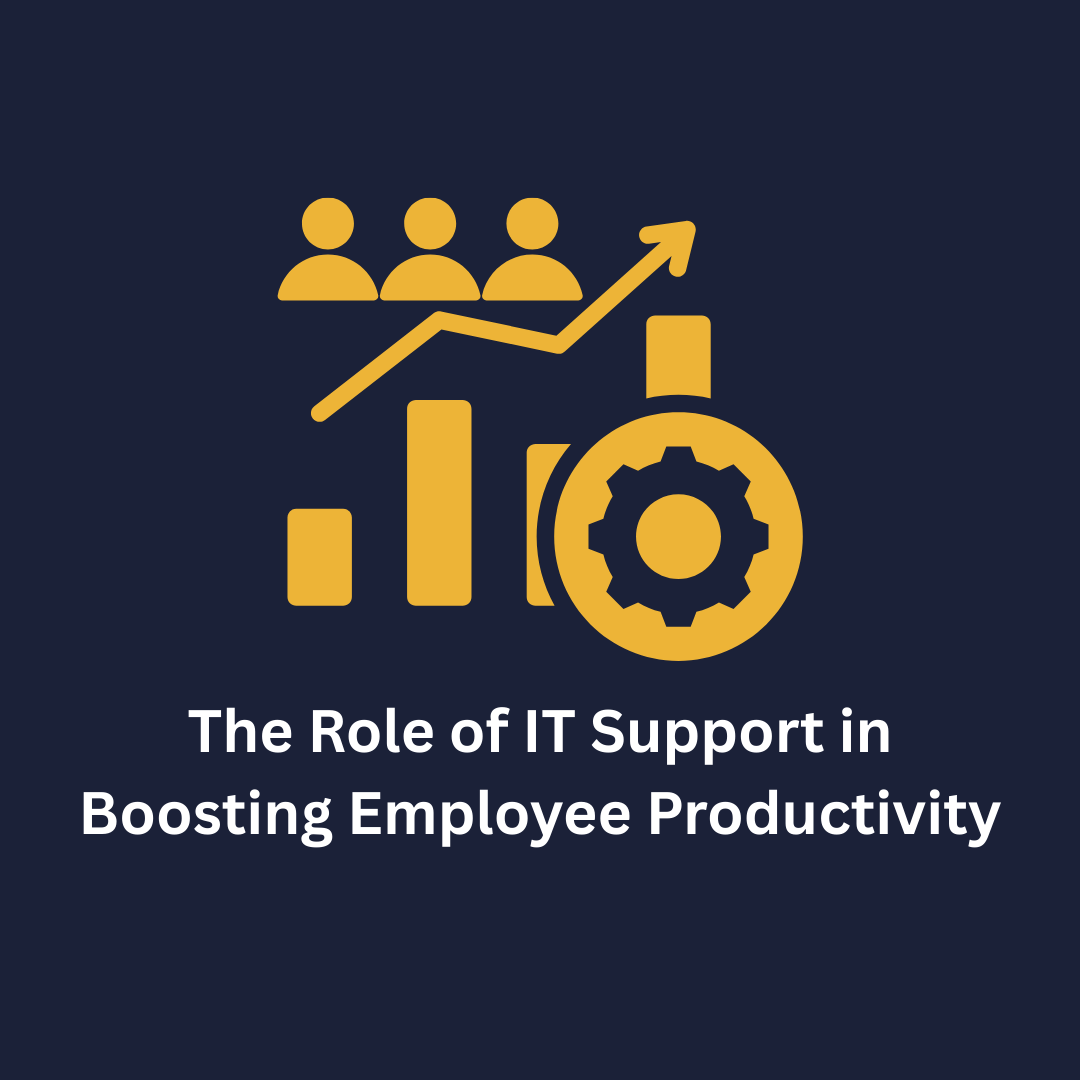



.png)






















































